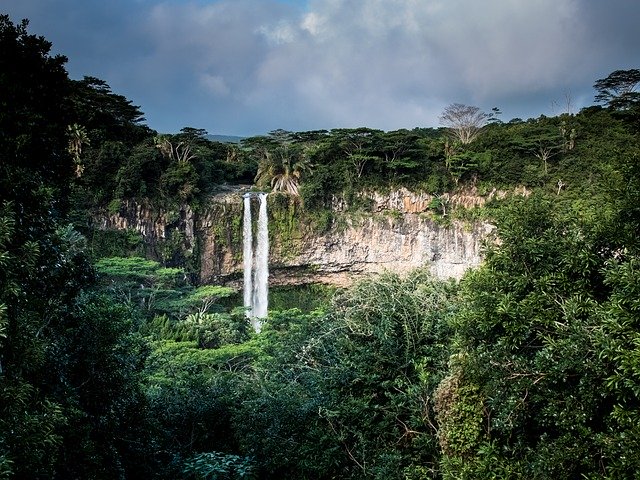Like other green plants, trees produce oxygen through photosynthesis during the day. And since mature ones have a large green area due to their size, it is not surprising that they produce much more oxygen than, for example, grass or flowers. Forests in Africa and South America produce the most oxygen. Unfortunately, these forests are being cut down to make way for farmland.
The soils that remain after the forests are cleared have special characteristics. It is very fertile for the first few years, but then the nutrients are depleted and the harvest decreases. Therefore, since the livelihoods of entire families often depend on the harvest from the fields, it is necessary to find other suitable land. The simplest solution is to clearcut another part of the forest. This is the vicious cycle that leads to deforestation and clearcutting.
As already mentioned, trees provide oxygen. This is a fact. What is often forgotten, however, is that photosynthesis is active only during sunlight. During the night, respiration, the process of taking in oxygen and expelling carbon dioxide, occurs. This is true for all green plants. And because trees are so large, they require relatively large amounts of oxygen. The practical effect is that most of the oxygen produced during the day is taken up at night.
Speaking of forests, which actually produce most of the oxygen, we must not forget that they are inhabited not only by trees, but also by many animals. And they, of course, breathe oxygen. In other words, forests do not contribute much to the world\’s oxygen production.
But if trees are not responsible for today\’s oxygen levels, who is? The answer may be surprising. It is the algae and microplankton that inhabit the ocean\’s surface. They too photosynthesize and produce a lot of oxygen thanks to their total surface area. However, because of their small size and the fact that their entire surface is involved in photosynthesis, they do not consume as much energy as trees (which must also support trunks and roots that are not involved in photosynthesis) and do not consume as much oxygen in the process of respiration.
If we are concerned about protecting oxygen producers, we should fight water pollution rather than deforestation. Nevertheless, this is not to say that trees do not have irreplaceable functions. On a global scale, trees may not produce as much oxygen, but on a regional scale, they do. Furthermore, trees provide shelter and refuge for many animals. They also strengthen river banks and ground, prevent erosion, and retain moisture in the soil. They also serve as windbreaks. Who doesn\’t like apples and oranges?
Thus, even if trees are not an important source of oxygen, they definitely must be protected.
